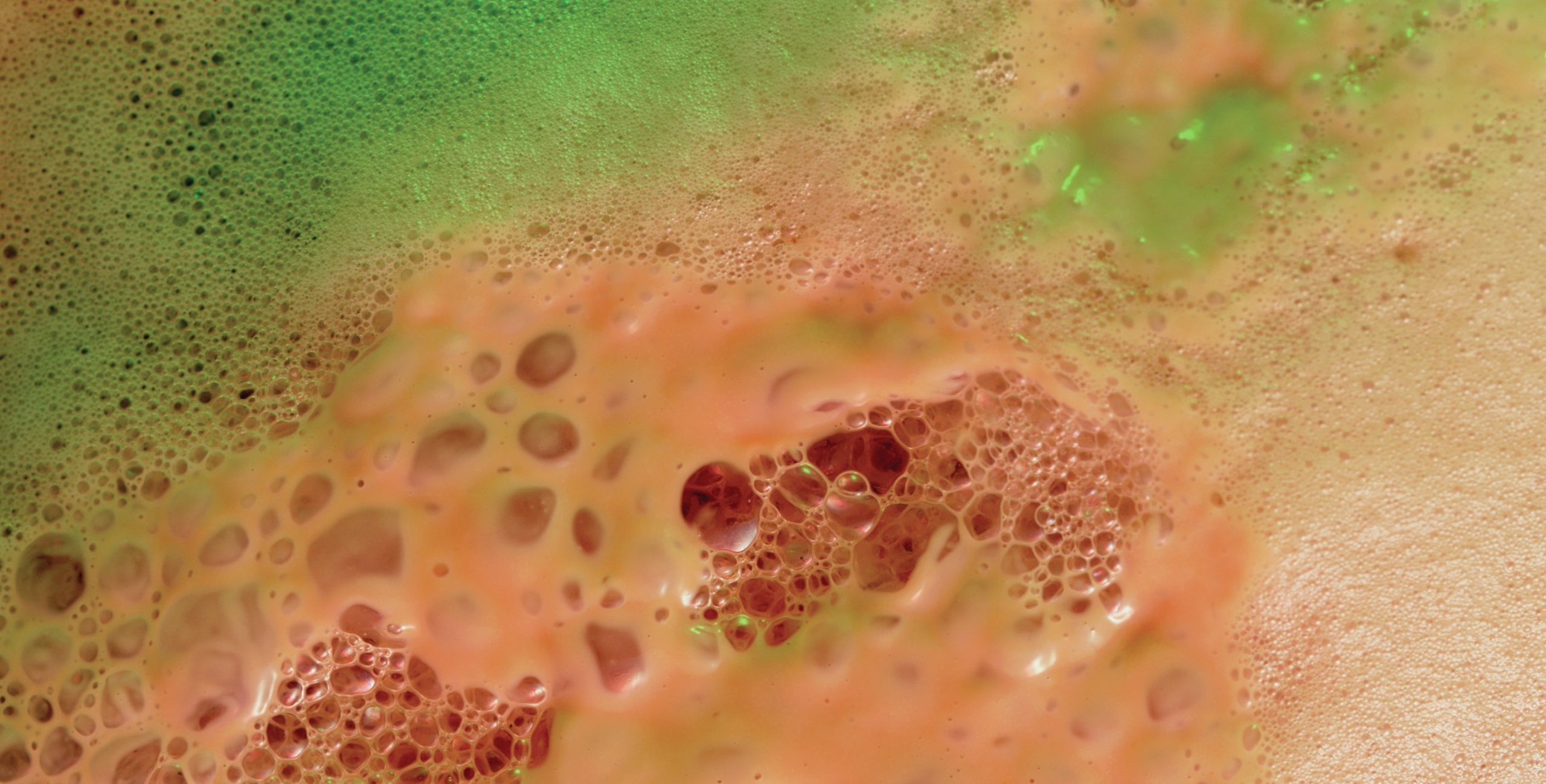
Froth produced by yeast, Saccharomyces cerevisiae, in the process of fermenting sugar. Enzymes speed the fermentation process, which generates alcohol and carbon dioxide (seen here as bubbles).
ADAM HART-DAVIS/SPL
Enzymes
Catalysis
Your organisation does not have access to this article.
Sign up today to give your students the edge they need to achieve their best grades with subject expertise
Subscribe




